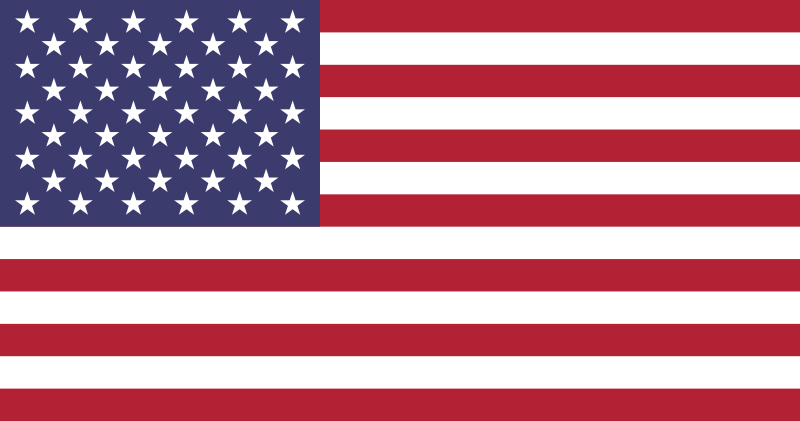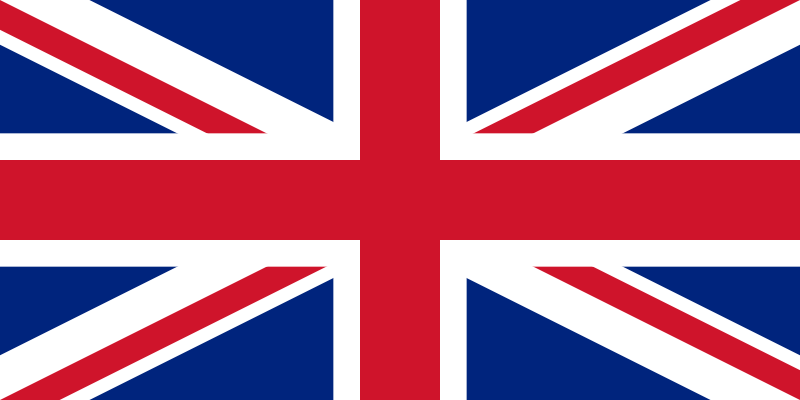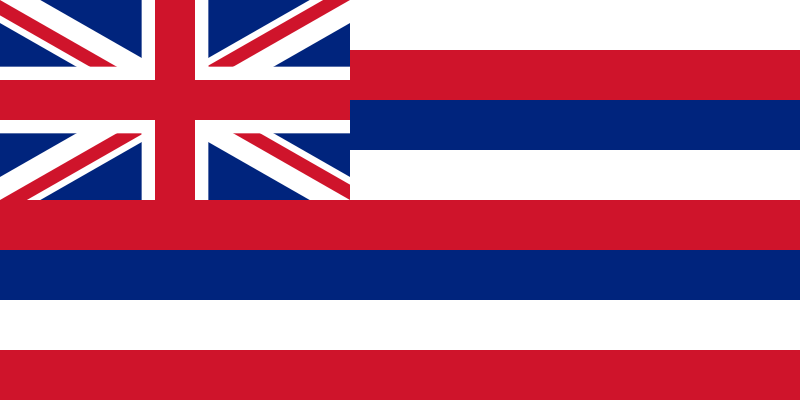Parts of the Hawaiian State Flag and What They Mean
By M. Keala Milles, Jr.
The history of the Hawaiian State flag is rife with cultural, political, and social intrigue.
Every state in America has a flag and a history, but the story behind the 50th state and how it came to be part of the Union is, perhaps, the most politically and culturally diverse.
Statehood aside, the history of the Hawaiian state flag reflects the political maneuvering of the Hawaiian Kingdom in its early years. The details about the development of Hawaii’s flag are muddied, at best, by convoluted historical context and the lack of thorough, local documentation.
The idea behind the Hawaiian state flag began, as one story goes, when King Kamehameha I hoisted a British flag to celebrate the friendship between the Hawaiian people and King George III of Great Britain. New visitors could recognize the emblem and determine the alliance of the kingdom.
However, having allegiance to Great Britain during the early 19th century was not necessarily a good thing. For a small island nation located in the center of trade and combat routes between North America and Asia, it was more strategic to be seen as independent.
Hawaii’s King Kamehameha, warned about the dangers of flying the emblem of the United Kingdom, lowered the flag. But a few years later, he hoisted the United States over his home. This was done in honor of the US during the War of 1812. But it was removed quickly too, as an appeasement to British occupiers.
This perhaps explains why the Hawaiian state flag appears to be a hybrid of the pennants of Great Britain and the United States.
 |
 |
A few years later, though, in 1816, Kamehameha began working on what eventually became the official flag of the Hawaiian people. Some believe this new flag was designed by a commander of the British Royal Navy, which could explain why the Ensign is still present.
The stripes of the Hawaiian state flag, however, are the center of many different arguments. Early versions contained red and white stripes, resembling those of the British East India Company. The first official flag design had alternating red-white-blue stripes, which also makes reference to several different UK flags. Some historians argue, though, that the combination of colors was, in some way, influenced by the growing presence of the United States.

(Photos: Flags.net)
Regardless of how it evolved, the final and current flag uses red, white and blue colors--probably due to both British and American influence--and shows eight horizontal stripes to signify the eight unified islands.
Read more about Hawaiian History
Return to home page of Hawaiian Culture Stories